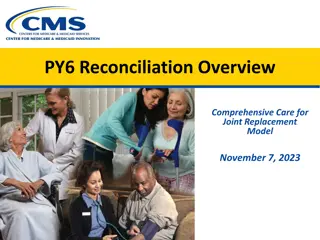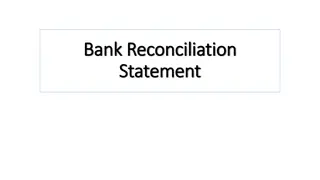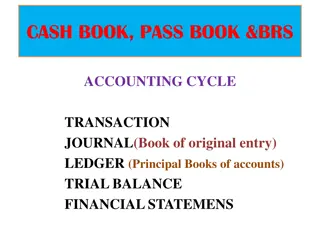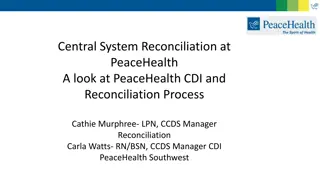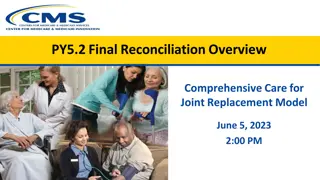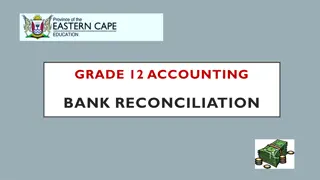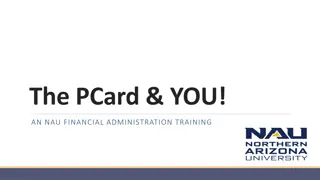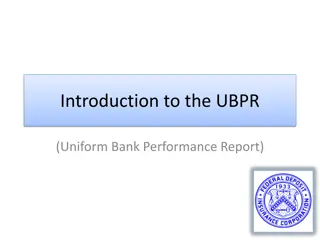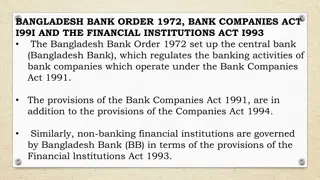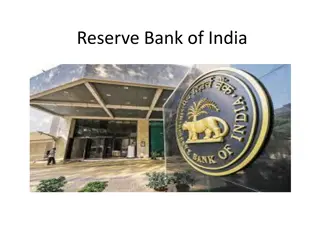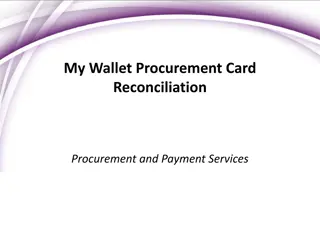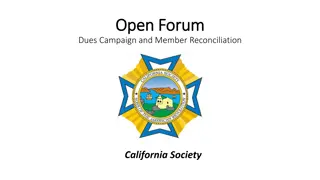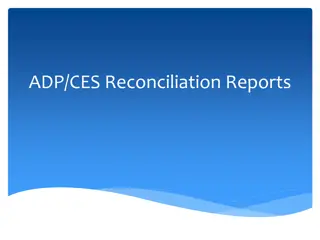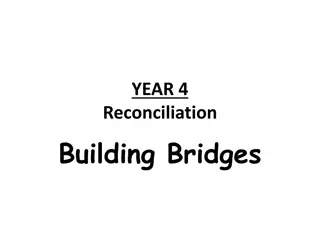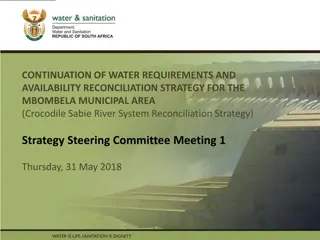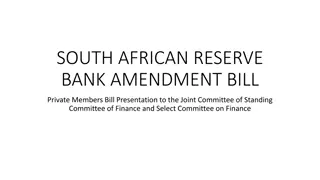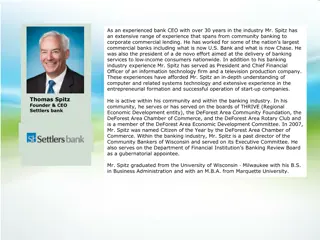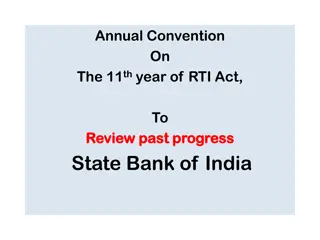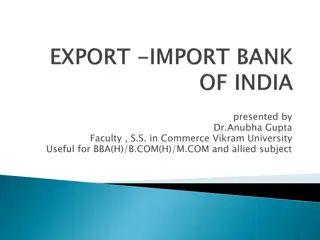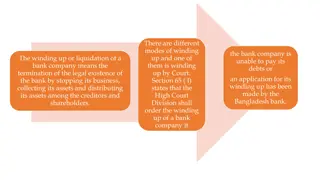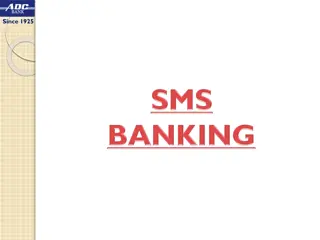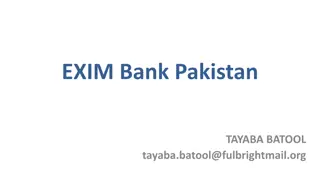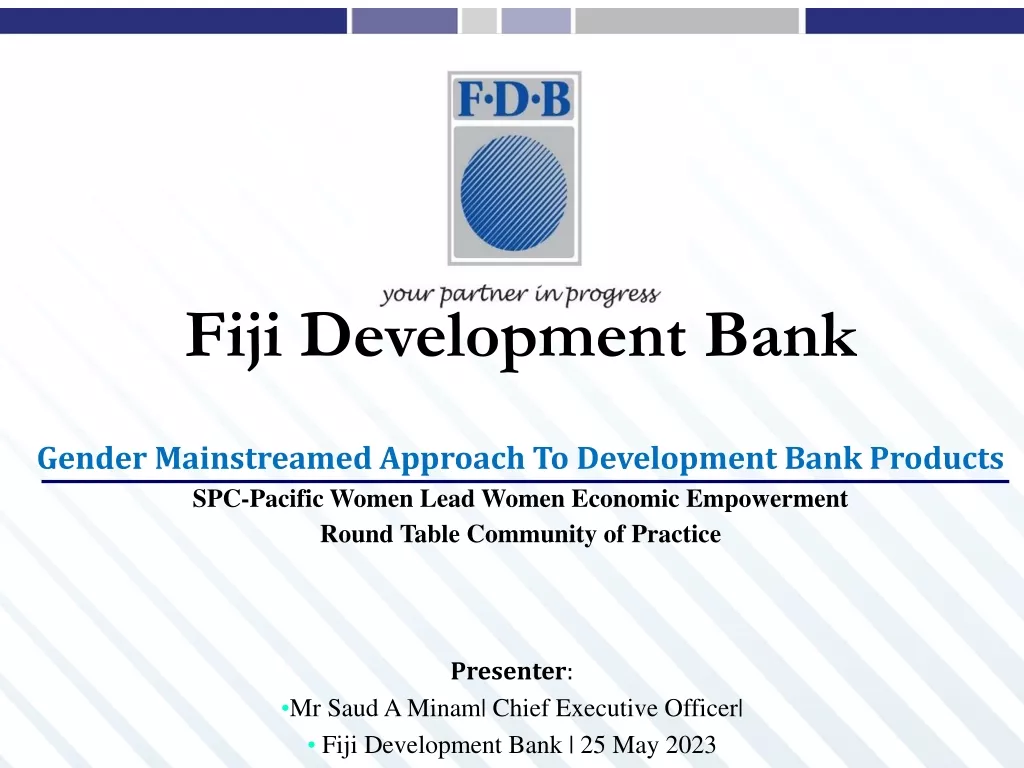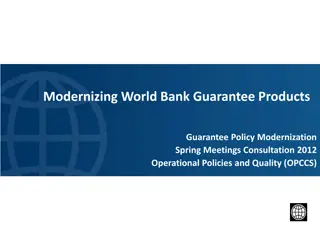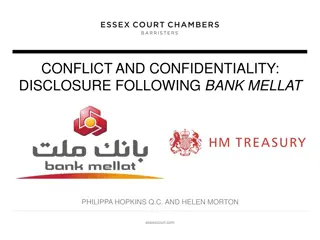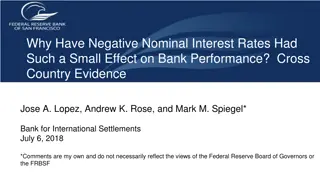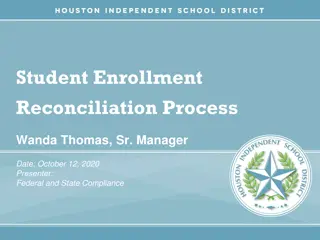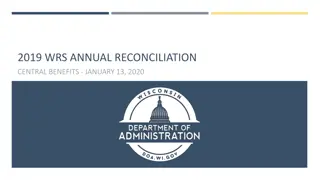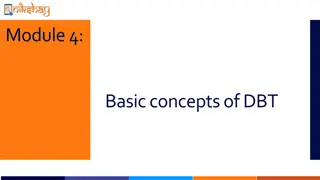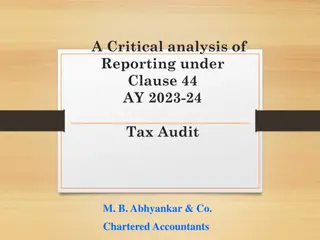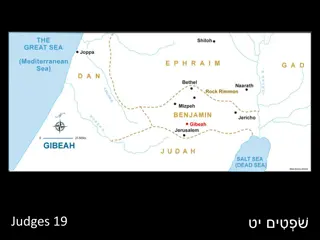Understanding Bank Reconciliation Process
Bank reconciliation is crucial to align the cash book balance with the bank statement balance. The process involves identifying differences like unrecorded items, timing variations, and errors. By reconciling these discrepancies, businesses ensure accurate financial records.
Download Presentation

Please find below an Image/Link to download the presentation.
The content on the website is provided AS IS for your information and personal use only. It may not be sold, licensed, or shared on other websites without obtaining consent from the author. Download presentation by click this link. If you encounter any issues during the download, it is possible that the publisher has removed the file from their server.
E N D
Presentation Transcript
Introduction The objective of a bank reconciliation is to reconcile the difference between: the cash book balance, i.e. the business' record of their bank account, and the bank statement balance, i.e. the bank's record of the bank account. The debits and credits are reversed in bank statements because the bank will be recording the transaction from its point of view, in accordance with the business entity concept.
Reasons to Prepare a Bank Reconciliation Statement The cash book records all transactions with the bank. The bank statement records all the bank's transactions with the business. The contents of the cash book should be exactly the same as the record provided by the bank in the form of a bank statement, and therefore the business' correspond with the bank statement. records should
This is in fact so, but with three important conditions: The ledger account maintained by the bank is the opposite way round to the cash book. This is because the bank records balances from their perspective. Therefore if a client has a positive bank balance the bank would display this as a credit balance because they have a liability to pay it back to the client. If the client is overdrawn this would be shown as a debit because the bank are owed a repayment from the client. Timing differences must inevitably occur. A cheque payment is recorded in the cash book when the cheque is dispatched. The bank only records such a cheque when it is paid by the bank, which may be several days later. Items such as interest may appear on the bank statement but are not recorded in the cash book as the business is unaware that they have arisen.
Differences between the Bank Statement and the Cash Book When attempting to reconcile the cash book with the bank statement, there are three differences between the cash book and bank statement: unrecorded items timing differences errors
Unrecorded Items These are items which arise in the bank statements before they are recorded in the cash book. Such 'unrecorded items' may include: interest bank charges dishonoured cheques. They are not recorded in the cash book simply because the business does not know that these items have arisen until they see the bank statement.
Timing differences These items have been recorded in the cash book, but due to the bank clearing process have not yet been recorded in the bank statement: Outstanding/unpresented cheques (cheques sent to suppliers but not yet cleared by the bank). Outstanding/uncleared received by the business but not yet cleared by the bank). lodgements (cheques
Outstanding payments and receipts Outstanding or unpresented cheques Suppose a cheque relating to a payment to a supplier of a company is written, signed and posted on 29 March. It is also entered in the cash book on the same day. By the time the supplier has received the cheque and paid it into his bank account, and by the time his bank has gone through the clearing system, the cheque does not appear on the sender's statement until, say, 6 April. The sender would regard the payment as being made on 29 March and its cash book balance as reflecting the true position at that date. Outstanding deposits/lodgements In a similar way, a trader may receive cheques by post on 31 March, enter them in the cash book and pay them into the bank on the same day. Nevertheless, the cheques may not appear on the bank statement until 2 April. Again the cash book would be regarded as showing the true position. Outstanding deposits are also known as outstanding lodgements.
The bank statement balance needs to be adjusted for these items: Rs. X Balance per bank statement Less: Outstanding/unpresented cheques (X) Add: Outstanding/uncleared lodgements X X Balance per cash book (revised)
Errors Errors in the cash book The business may make a mistake in their cash book. The cash book balance will need to be adjusted for these items. Errors in the bank statement The bank may make a mistake, e.g. record a transaction relating to a different person within our business' bank statement balance will need to be adjusted for these items. statement. The bank
Proforma Bank Reconciliation Cash book Bal b/f Adjustments Revised bal c/f X X X X X Bal b/f Adjustments Revised bal c/f X X X X X Revised bal b/f Revised bal b/f
Bank reconciliation statement as at .. Rs. X (X) X X/(X) X Balance per bank statement Outstanding cheques Outstanding lodgements Other adjustments to the bank statement Balance per cash book (revised)
Beware of overdrawn balances on the bank statement. Beware of debits/credits to bank statements. Beware of aggregation of deposits in a bank statement. Note that the bank balance on the statement of financial position is always the balance per the revised cash book.
Example 1 A business has a debit balance on its cash book of Rs.40,400. In reconciling the cash book balance with the bank statement balance, it is discovered that the bank statement does not show cheques received and banked from customers of Rs.8,000, or cheque payments to suppliers for Rs.14,000. The bank statement also shows bank charges of Rs.1,200 and a direct debit payment of Rs.4,600. None of these items have yet been recorded in the cash book. Required: Revised cash book balance Bank statement balance
Example 2 A business bank statement at 31 October 20XX shows a positive balance of Rs.26,800. You subsequently discover dishonoured a customer s cheque for Rs.600 and has charged bank charges of Rs.100, neither of which are recorded in the cash book. Also there are unpresented cheques totalling Rs.2,800. Required Cash book balance Revised cash book balance that the bank has
Following are the bank column of the cash book and the bank statement received from the bank for Hiru limited for the month of May 2014. Date 2014/5/1 2014/5/12 Description Balance B/F Dilhani (400100) Sadaharitha (139786) Somaweera Brothers (325556) BQ Trasers (400321) Rs. Date 2014/5/4 2014/5/10 Description Amal (100100) Expenses (100101) AB Limited (100102) Kumara & Sons (100103) Rs. 444,000 100,000 150,000 25,000 2014/5/25 95,000 2014/5/15 80,000 2014/5/25 20,000 2014/5/25 115,000 2014/5/26 70,000 2014/5/25 Himalee Transport Ltd (100104) Kumara & Sons (100103) Bala B/C/d 50,000 2014/5/25 115,000 2014/5/31 194,000 729,000 729,000
Hiru Limited Bank Statement for the month of May 2014 Date 201/05/01 2014/05/1 1 Description Balance B/F Payment (100101) Debit (Rs.) Credit (Rs.) Balance (Rs.) 444"000 419"000 25"000 2014/05/1 3 Cheque Deposit 100"000 519"000 2014/05/1 6 Payment (100100) 150"000 369"000 2014/05/1 6 Sandaru products 200b "000 569"000 Dividends Cheque (139786) 78"000 95"000 647"000 742"000 2014/05/2 7 Deposit Payment (100103) 115"000 627"000 2014/05/2 8 2014/05/3 1 2014/05/3 1 Standing Order (Bank Loan Installment) Bank Charges 60"000 567"000 1"000 566"000 Debit tax 1"200 564"800
Kay Rogans Cash Book at 30th November 2014 showed an overdrawn position of Rs.3,630 which did not match with her bank statement. Detailed examination of the two records revealed the following: The debit side of the cash book had been undercast by Rs.300. A cheque for Rs.1,560 in favour of Z Suppliers Ltd., had been omitted by the bank from its statement, the cheque having been debited to another customer s account. A lodgement of Rs.1080 on 30th November had not been credited by the bank. Interest amounting to Rs.228 had been debited by the bank but not entered in the cash book.
Kay Rogans Cash Book at 30th November 2014 showed an overdrawn position of Rs.3,630 although her bank statement showed only Rs.2,118 overdrawn. Detailed examination of the two records revealed the following: (a) The debit side of the cash book had been undercast by Rs.300. (b) A cheque for Rs.1,560 in favour of Z Suppliers Ltd., had been omitted by the bank from its statement, the cheque having been debited to another customer s account. (c) A cheque for Rs.182 drawn in payment of the telephone account had been entered in the cash book as Rs.128 but was shown correctly on the bank statement. (d) A cheque for Rs.210 from A. brooks having been paid into the bank was dishonoured and shown as such on the bank statement although no entry relating to the dishonour had been made in the cash book. (e) The bank had debited a cheque for Rs.126 to Kay s account in error; it should have been debited by them to Ray Kogan s account. (f) A dividend of Rs.90 on Kay s holding of Ordinary Shares has been paid direct to her bank account and no entry made in the cash book. (g) Cheques totaling Rs.1260 drawn on 29th November had not been presented for payment (h) A lodgement of Rs.1080 on 30th November had not been credited by the bank. (i) Interest amounting to Rs.228 had been debited by the bank but not entered in the cash book.


